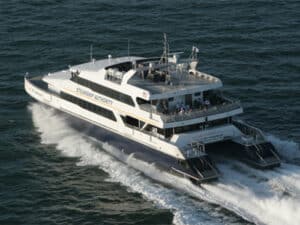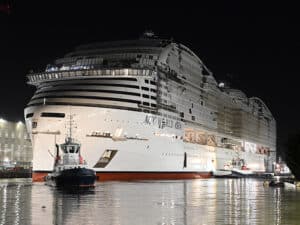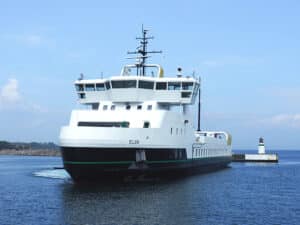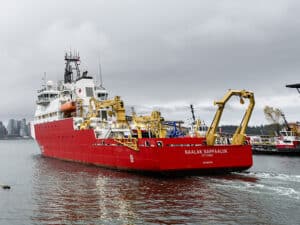
Training needed as speed of digitalization outpaces crew capacity to understand the data delivered
Written by Nick Blenkey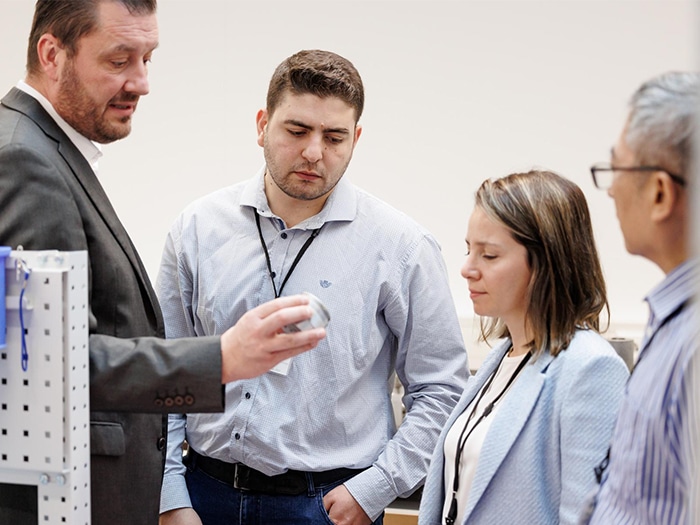
CMT provides traing that enables crew to understand the daya its tech delivers
The shipping industry’s adoption of smart technology risks being undermined by the crew’s ability to understand the information the tech provides, according to Glueckstadt, Germany-headquartered Condition Monitoring Technologies GmbH ( CMT). The company, a provider of engine performance analytics and training, has warned that crews are increasingly under-equipped to interpret the growing volume of diagnostics data produced onboard modern vessels.
“Ship operators are buying monitoring equipment,” David Fuhlbrügge, CMT’s managing director, said, “but crews are being asked to make critical engine operation and maintenance decisions based on diagnostic outputs they don’t fully understand.”
As shipowners invest in sensors and predictive maintenance tools to improve performance, reliability and reduce downtime, CMT said many are missing the point that someone must still understand the data and act on it.
Several independent studies appear to support this view, says CMT, noting that in Navigating the Sea of Data: A Comprehensive Review on Data Analysis in Maritime IoT Applications, published in Applied Sciences (August 2023), researchers at Gdynia Maritime University wrote: “The lack of skilled personnel can hamper data analysis efforts … Furthermore, the maritime industry, being traditionally conservative, may be slow to adopt new technologies. While the initial allure of data analytics in the maritime sector seems heavily skewed towards bolstering operational efficiency, its applications are far more profound and expansive.”
CMT says that a 2021 paper from Taiwan’s National Kaohsiung University of Science and Technology, Systematic Review of Machine Learning in Condition Monitoring, concluded that while new tools hold major potential, success relies on high-quality data and user ability to interpret outputs.
Earlier research from Shanghai Maritime University (Li, Chen and Zhang, 2012) also highlighted the role of human insight. Their study on diesel engine condition monitoring found that advanced algorithms could detect engine faults with over 90 percent accuracy, but only if trained operators were present to interpret and respond to the signals.
CMT says that this growing mismatch between systems and skills is particularly acute in engine rooms.
“Thirty years ago, a crew of 30 might have several engineers who knew how to interpret pressure curves, vibration patterns, or scavenge air temperatures,” Fuhlbrügge said. “Today, crews are half the size, and a lot of that knowledge has disappeared. Skills are lost and needs to be relearnt.”
While some companies are shifting diagnostics and analysis to shore-based engine performance teams, CMT said that doesn’t negate the need for competent decision-making onboard.
“You can’t outsource everything. When a problem emerges at sea, the person onboard needs to know what to do. And if they don’t, the result could be a dead ship!”
CMT provides condition monitoring systems along with remote training through its in-house academy. But the company said few clients integrate training into equipment procurement.
“There’s a reluctance to spend on people. And yet without trained personnel, even the best technology can’t prevent failure.”
The company is now urging shipowners and technical managers to rebalance their digitalization strategies. “We’re not short of technology,” Fuhlbrügge said. “What we’re short of are crews that know how to use it.”

